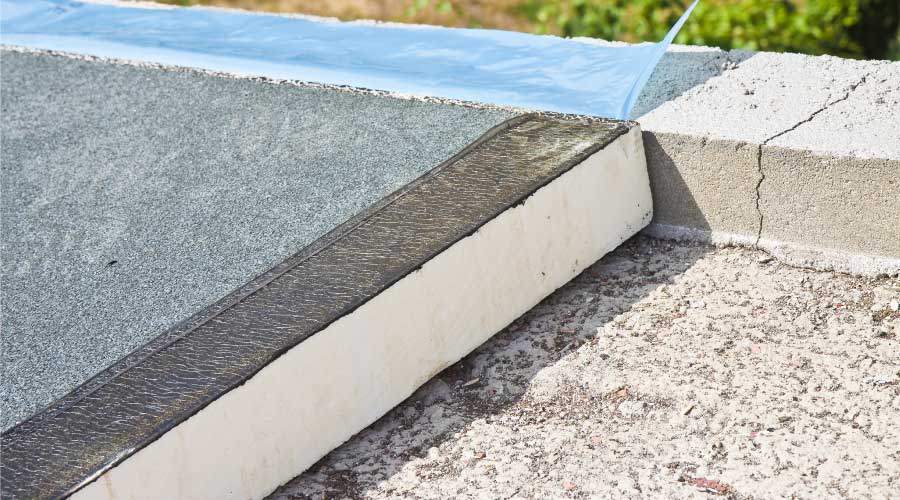Rules of Thumb to Guide 5-Year Capital Plan
Because each facility will have its own priority of equip-ment replacement and system upgrades, depending on its age and condition, the goals of the owner and desired ROI, there’s no one-size-fits-all upgrade. That being said, a few rules of thumb should govern every building when writing its five-year strategic capital plan.
-
Get your house in order. The first step is to develop on an agreed set of facilities operating standards and procedures. This is the first order of business before spending any capital or doing any repairs suggested by the commissioning agent.
-
Take a look at existing controls.
-
Factor in the climate. If a building is in a heating-dominated climate, make sure the capital plan considers an upgrade to the heating systems. When the building is in a mixed-temperature climate, it’s best to begin with projects to reduce electrical energy consumption before addressing those that target natural gas use. Electrical costs continue to rise, whereas natural gas is trading at historically inexpensive prices.
-
Address risks. When determining the order of equipment replacement in a capital upgrade, managing risk can sometimes be more important than immediate ROI. Consider a mixed-climate building where the chillers are 20 years old and the boilers 40 years old. Upgrading the chillers might offer a greater ROI, but the risk of losing the boilers, and therefore the building’s heating, could be more significant than delaying the ROI from the chiller replacement. Being forced to replace the heating system quickly would cost a lot more, both from capital and productivity perspectives, than placing it first on a five-year capital plan.
Working with a consulting engineer to follow the results of the building’s reserve and energy opportunity studies will help manage both risk and upside. All the thinking and planning ahead involved in a five-year capital plan should put the building in a position to improve its ROI for the desired long-term hold and ultimately mitigate some of the unplanned disruptions that can be disproportionately expensive.
David P. Callan, P.E., LEED AP, is vice president, McGuire Engineers, Chicago. The MEP engineering firm developed the renovation path based on cascading returns for the 125 S. Wacker building in Chicago. Callan can be reached at DCallan@mepcinc.com.
Related Topics:














